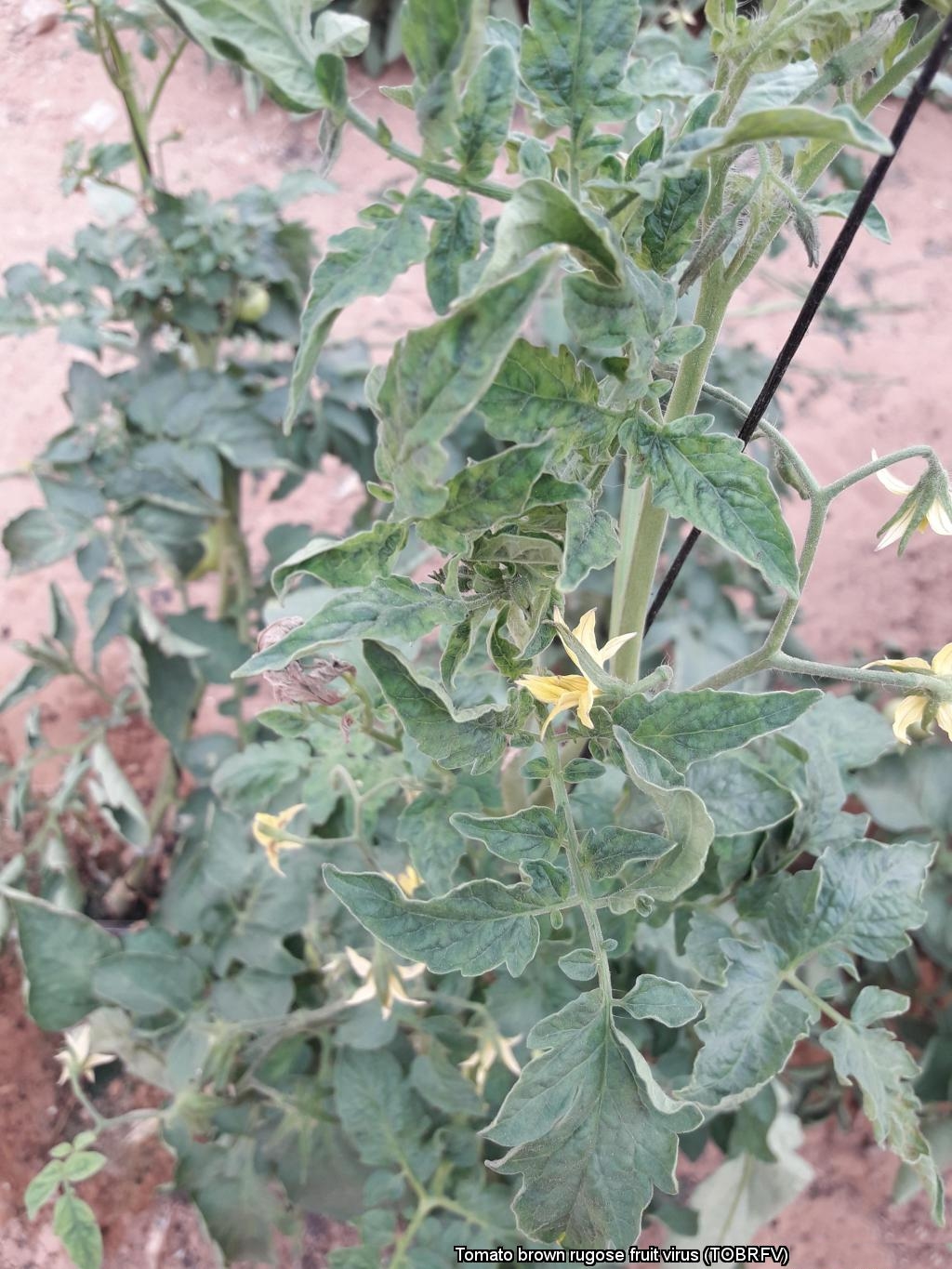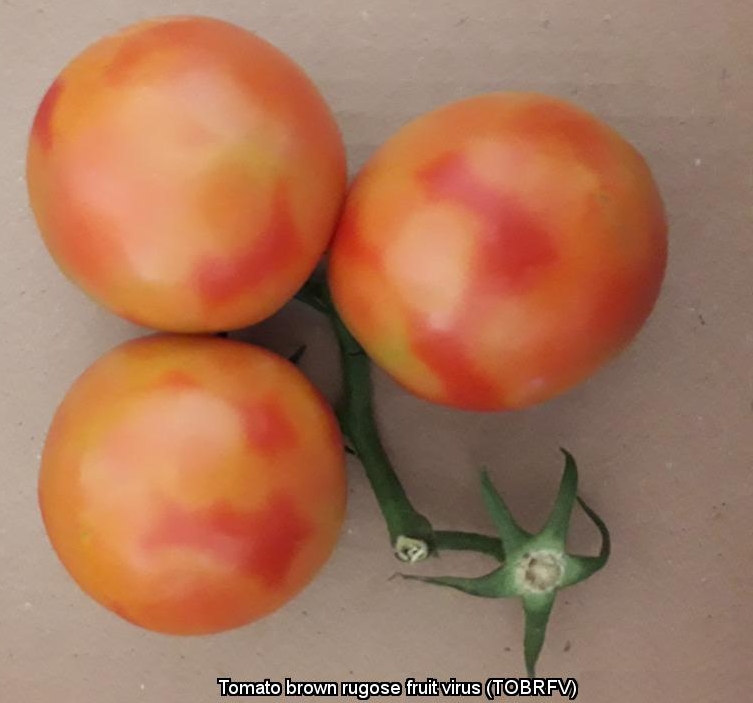Respect for your privacy is our priority
The cookie is a small information file stored in your browser each time you visit our web page.Cookies are useful because they record the history of your activity on our web page. Thus, when you return to the page, it identifies you and configures its content based on your browsing habits, your identity and your preferences.
You may accept cookies or refuse, block or delete cookies, at your convenience. To do this, you can choose from one of the options available on this window or even and if necessary, by configuring your browser.
If you refuse cookies, we can not guarantee the proper functioning of the various features of our web page.
For more information, please read the COOKIES INFORMATION section on our web page.


 The last country where the Tomato brown rugose fruit virus (ToBRFV) has been detected is Spain. Rafael Sánchez Trujillo, head of the Plant Health Service of the Government of Andalusia, has spoken about the detection of the virus in a greenhouse in Almeria during the Semilla Innova congress, which has been held in Almería. 300 km separate Almeria greenhouses from processing tomato crops in the Seville region. As of 2 December, the Government of Andalusia was not able to confirm the detection, as it was waiting for Brussels' response after providing a report about the virus' progress to the European Commission. Since this virus has a quarantine status, it is mandatory to report it to the EU.
The last country where the Tomato brown rugose fruit virus (ToBRFV) has been detected is Spain. Rafael Sánchez Trujillo, head of the Plant Health Service of the Government of Andalusia, has spoken about the detection of the virus in a greenhouse in Almeria during the Semilla Innova congress, which has been held in Almería. 300 km separate Almeria greenhouses from processing tomato crops in the Seville region. As of 2 December, the Government of Andalusia was not able to confirm the detection, as it was waiting for Brussels' response after providing a report about the virus' progress to the European Commission. Since this virus has a quarantine status, it is mandatory to report it to the EU. ToBRFV belongs to the group of tobamoviruses, formed by about 30 variants. The crops most affected by ToBRFV are tomatoes and peppers. In tomatoes, it causes chlorosis, mosaic and mottling with narrowing of the leaves. Occasionally, necrotic spots appear on the stem, chalice and leaf stalks. Yellow or brown spots can appear on the fruits, as well as a roughness that makes it impossible to put them on the market. The fruits can also suffer malformations and irregularities in the ripening.
ToBRFV belongs to the group of tobamoviruses, formed by about 30 variants. The crops most affected by ToBRFV are tomatoes and peppers. In tomatoes, it causes chlorosis, mosaic and mottling with narrowing of the leaves. Occasionally, necrotic spots appear on the stem, chalice and leaf stalks. Yellow or brown spots can appear on the fruits, as well as a roughness that makes it impossible to put them on the market. The fruits can also suffer malformations and irregularities in the ripening.



























